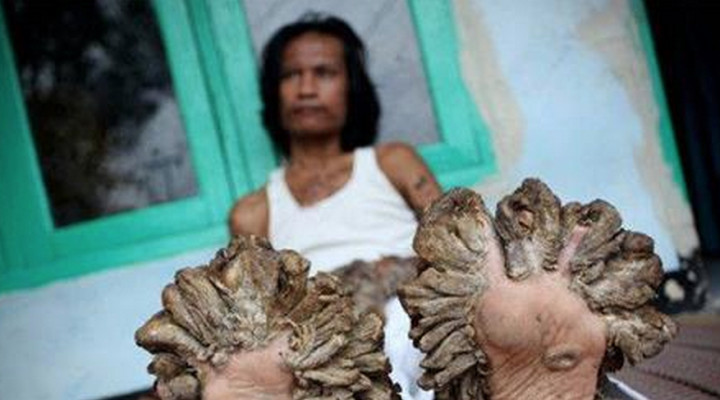A new surge of hope has blossomed within patients with a rare genetic disease called “stone man syndrome” as a possible cure for the condition is being studied by researchers.
Fibrodysplasia ossificansprogressiva or FOP is a disease that gradually replaces muscle, tendons, ligaments and other soft tissue with bone. This is said to be caused by mutations in a gene called ACVR1 that controls bone and muscle development, according to researchers in the journal Science Translational Medicine last September 2.
Children with FOP characteristically are born with malformed big toes. Growth of excess bone usually starts in the neck and shoulders, proceeding down the body and into the limbs. These patients may be unable to fully open their mouths, resulting to difficulty in speaking and eating and may have trouble breathing properly due to excess bone growth around the rib cage. They become less and less mobile as their joints fuse.
A very rare and often fatal condition, there are 800 confirmed cases of fibrodysplasia ossificansprogressiva (FOP) around the world. It is suspected that more people have the disease but have not been located.
According to research, ACVR1 produces a cell surface protein called a transmembrane receptor. The mutation affects the way the receptor responds to a protein called activin A, causing it to go into overdrive when normally it would be inhibited. This can eventually lead to the replacement of muscle and soft tissue with bone, which may cause joints in elbows or ankles to freeze.
Remedies for FOP
The U.S. National Institutes of Health (NIH) states that Fibrodysplasia ossificansprogressiva affects only one in every 2 million people worldwide. Currently, there is no treatment or cure for FOP except for glucocorticoids.
For example, prednisone, a steroid drug,can be used to manage the pain. However, nothing can be done to stop the bone formation. Surgery is not also an option since trying to cut away the bone in makes it worse, as bone development later increases.
New discoveries
According to Aris Economides, senior author on the study and executive director at Regeneron, “Imagine you are driving your car down the road and you come to a red light. You press on the brakes, and the car stops. With the disorder, not only does your car not stop, actually the brakes are hot-wired to the accelerator.”
The researchers who are studying the disease and conducting tests on mice, found that the protein activin A can be prohibited from activating the gene using an antibody which is developed by scientists at Regeneron Pharmaceuticals. Their tests showed that the treatment successfully stopped the growth of new bone.
Results also showed that the antibody was effective in mice for up to six weeks, with no obvious side effects. However, though it remains to be seen if it is as effective in humans, the results are promising and are considered “extraordinary” by Betsy Bogard, director of global research development for the International FOP Association.
According to her, “We are very fortunate and grateful that not only did Regeneron make this basic science discovery, but that, as a biotechnology company with expertise in developing antibodies, they are in a position to act on it and answer the next questions about whether this could lead to a meaningful therapy.”
Sources:
- https://www.cbsnews.com/news/stone-man-syndrome-new-hope-for-patients-with-rare-genetic-disease/
- https://www.iflscience.com/health-and-medicine/possible-cure-found-rare-stone-man-disease-turns-muscle-bone









